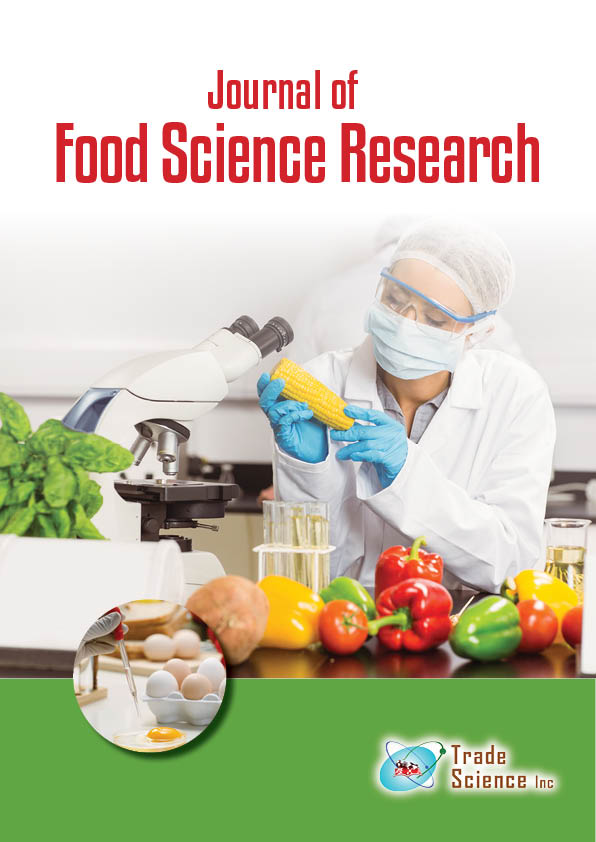Abstrait
Phytosterols. Cholesterol and vascular risk
Antonio Danei
Plant sterols, known as phytosterols, are natural components of plants and have a structure similar to that of cholesterol. They are present in vegetable oils, in nuts, almonds and legumes. To increase the consumption dose and meet the requirements, the industry fortifies food for this purpose. Since 1997, added food products with phytosterols have been marketed in Finland. Currently, there are dairy products fortified with phytosterols in several European countries. In September 2000, the FDA (Food and Drug Administration of the United States), authorized the labeling of food with phytosterol declaring the health benefit in relation to a lower risk of coronary heart disease. This is largely due to the large number of Americans with hypercholesterolemia. The latest statistics presented by the American Heart Association (AHA) show that more than 98 million adults have cholesterol levels of 200 mg / dl or more, of which 34 million have levels higher than 240 mg / dl. While in South America, more specifically in Argentina, research from the National University of La Plata has shown that the addition of phytosterols to food products can reduce the risk of heart attack by up to 30%. For this reason, dairy products fortified with phytosterols are marketed in the neighboring country, a process that does not alter the organoleptic characteristics of milk and derivatives. The action of phytosterols is centered in the following way, they compete with the absorption of cholesterol from the diet and thus reduces its intestinal absorption. Most importantly, phytosterols are responsible for lowering LDL cholesterol in the blood and therefore reducing the risk of cardiovascular disease. The reason that phytosterols could contribute to the reduction of cardiovascular risk comes from studies that evaluated its effect on the levels of total cholesterol and the LDL fraction. In most of the studies carried out, a decrease in total cholesterol and LDL is observed, without significant changes in the HDL fraction.
